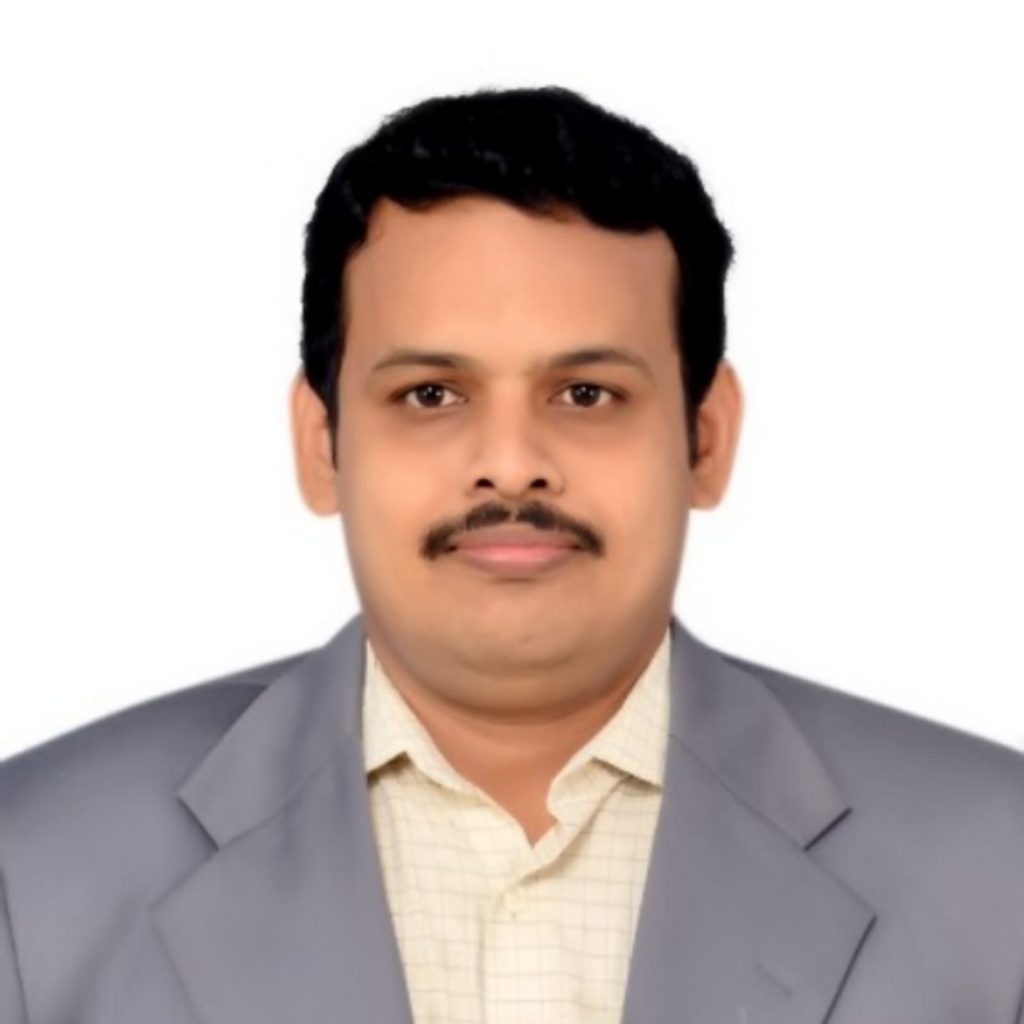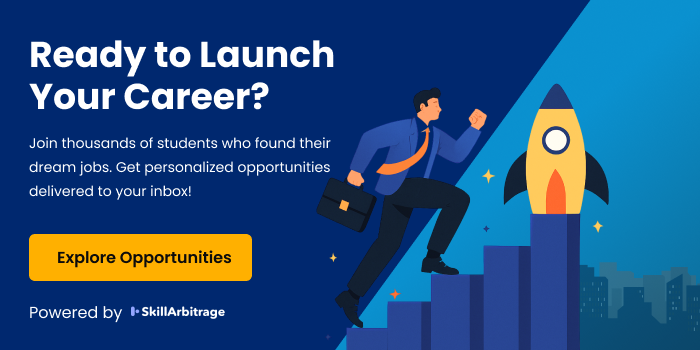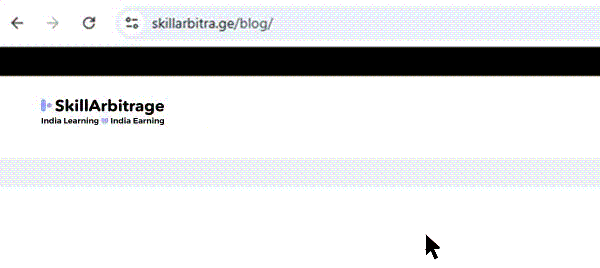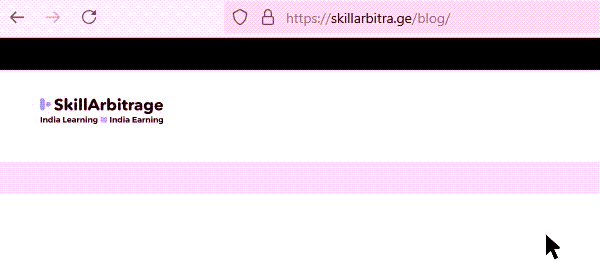
Q1. Can you share some highlights from your 20-year journey in the IT industry and how you evolved into an Agile coach? What inspired you to pursue this career path?
Agile methodologies provide a holistic approach to product development. Started as an engineer, we work on the development and testing of software based on the requirements and design docs shared, mostly specific to our allocated modules. When I started with Agile 15 years ago, the concept of discussing with product owners on the modules fascinated me as it provides a lot more perspective of the product. This also enabled maintenance of software easier as the team understands the functional issues and rectifies the technical glitches. The flow is important while we are working towards the goal and Agile helps to manage the flow at a consistent pace and validate the working increments of the overall product.
Q2. In your role as an Agile coach, you’ve mentioned designing Agile practice frameworks and conducting Agile training. Could you elaborate on your approach to establishing these frameworks and ensuring teams embrace Agile principles?
There are 2 different aspects one is identifying the right framework starting from team level to program or enterprise level and second aspect is aligning the teams for an Agile mindset. The framework identification starts by understanding the 3Ps (People, Process, Product) People & Process – organization culture, their readiness to empirically try new things and adapt, continuous learning, leadership readiness to support & Product – complexity and criticality of the product, external and internal interfaces, user groups. With this we draft a roadmap to incorporate Agile frameworks starting with a team and scale it across organizations.
The second aspect of bringing an Agile mindset is the key for the success of the framework. Most organizations define roles and use a set of tools to call them Agile. But the actual Agility comes in when the team introspects their technical ability and receives regular feedback on their product. It’s a behavioral change to be nurtured over a period of time and this can be achieved by bringing the transformation focus from top-to-bottom with continuous training, facilitating, coaching and mentoring across organizations.
Q3. Agile has become a cornerstone in many industries. Can you discuss the significance of Agile methodologies in today’s tech landscape and how they drive efficiency and innovation in project delivery pipelines?
Agile is an empirical way of accomplishing goals and suitable for all industries. The key values of being Agile are transparency, openness, courage, trust and accountability. Transparency and accountability brings in the efficiency and quality, openness, courage and trust leads to innovation by bringing in the inclusivity within the team and with the stakeholders. An individual or a team who dares to try new things brings in a lot of innovation. The innovation can be a product innovation or a process innovation or a technical innovation it sets apart the team or organization from others in the peer group. While most of us know about product and technical innovation, the process innovation can be explained with a scaled Agile model known as Spotify. “Spotify” is a company that created a scaled Agile process for their company that later became an industry standard model and used by many organizations. Agile can only bring in such a kind of innovation by its simple empirical nature.
Q4. You’ve had experience with Agile scaling techniques, including SAFe and Nexus. Could you share a specific project where you implemented these techniques and the impact it had on program and application coordination and efficiency?
Agile scaling techniques are key for the successful delivery of complex products and products with integrations with other upstream and downstream systems. The Nexus framework enables delivery of a single large product with a common backlog to speed up the time to market and SAFe framework enables multiple components to seamlessly deliver large solutions. In a larger program I developed a custom scaling framework combining both of these scaling models. We were delivering a larger program for Payment and Fraud for a bank, and our teams were working on the key “International Payments Platform” application implementation. To cater to program needs we need 3 teams of each 12 members, so we devised a custom scaling framework, where-in our teams take the common backlog for our application from the Program team that runs on SAFe framework. Based on each team’s availability, our teams work on the backlog using Nexus framework. All reporting to the SAFe program is done based on the outcome of the Nexus increments delivered by these 3 teams together. This brought faster delivery and also enabled team members’ knowledge across the product and increased their motivation levels.
Q5. Collaboration and fostering collaborative environments are key aspects of your work. Can you provide examples of how you’ve empowered teams to excel and adapt swiftly to changes in technology trends and industry demands?
Agile fosters collaborative work culture. The more collaboration, the delivery of the product would be effective. This is a cultural change where-in members of the teams should create relationships and trust. As a coach, I continuously interact with them to understand their strengths and help them break the ice. The teams will be more focused in delivering the work at hand, and as leaders we need to understand the industry trends and enable the individuals to work on them. Whenever I plan for a program increment, I reach out to the team to plan for their training and include them in their available capacity for that PI. Obviously, we need to have the right mixture and not allow everyone to train at the same time, which will derail the delivery commitments. Engage team members to provide innovative ideas (during retrospectives) in technology that can be used in the current delivery stream and allow all team members to contribute.
Q6. You’ve worked with a diverse range of clients during your career. How do you tailor your Agile methodologies to align with specific project needs, and what advice would you give to organizations considering an Agile transformation?
The Agile frameworks are broad in nature and there could be different frameworks to be used for different delivery needs of the project like scrum for timeline based delivery and Kanban for priority based delivery. First, we need to understand the client needs, broadly under 3Ps (People, Process, Product), understand the leadership commitment, organizations process maturity, inclination of the employees to embrace a different journey. Once the leadership commitment and involvement is there, communicate the training plan and boost employee confidence that their role will be enhanced. Create a roadmap to bring in Agility from the team level to the organization level. The key for Agile transformation success is to understand – “AGILE is just not a process… It’s a cultural shift bringing in AGILE MINDSET”.
Q7. Could you share a memorable experience from your involvement in the Request for Proposal (RFP) process, where you emphasized the benefits of Agile delivery? How do you convince potential clients of the value of Agile methodologies?
The traditional RFP process revolves on the IRON triangle COST – EFFORT –SCOPE where all these points are fixed and the team needs to provide a proposal to achieve this. In a small project lasting for 2-3 months this can be achievable. But nowadays the projects are getting more complex with integration to many interfaces with implementation timeframes running from 6 months to years. My first discussion with the client is to understand whether they have more than 80% requirement ready for development, if not 100% and the answer will be affirmative. Because no one can predict more than 60% of requirements at the initial stage. As the product evolves there will be a lot of areas that will be uncovered. At this point, we can bring in the value delivered by Agile, as it evolves the product gradually with continuous exploration, continuous integration and continuous delivery. The focus of Agile delivery should be based on the Value addition and the early time-to-market. Agile never reduces the implementation timeline, rather it focuses on the most relevant requirements to be delivered on priority basis.
Q8. Throughout your career, you’ve held various roles, from Senior Scrum Master to Agile Coach. How has your background in areas like DevOps and project management informed your approach to Agile coaching, and how do these skills contribute to your success in this role?
Agile and DevOps complement each other. A successful Agile implementation will be complete when faster delivery with DevOps practices are incorporated, likewise DevOps practices without Agile, will be cost addition to the client and will not yield the returns, as delivery cycles vary. In my Agile engagements, I constantly involve the team to implement DevOps practice at a gradual pace. This gives the team the confidence to execute and also adds value to the cost. The DevOps practice and tool implementation shows the maturity of the team and ownership of them on the quality product delivered. The continuous delivery which is a key for Agile success can be attributed with DevOps implementation. In my opinion, DevOps is an extended arm of the Agile XP (Extreme Programming) framework where the focus is to bring technical excellence to the product. While Agile ensures the quicker turnaround of backlogs to working software, DevOps ensures the ownership beyond delivery and tracks continuously the product availability and success.




 Allow notifications
Allow notifications
